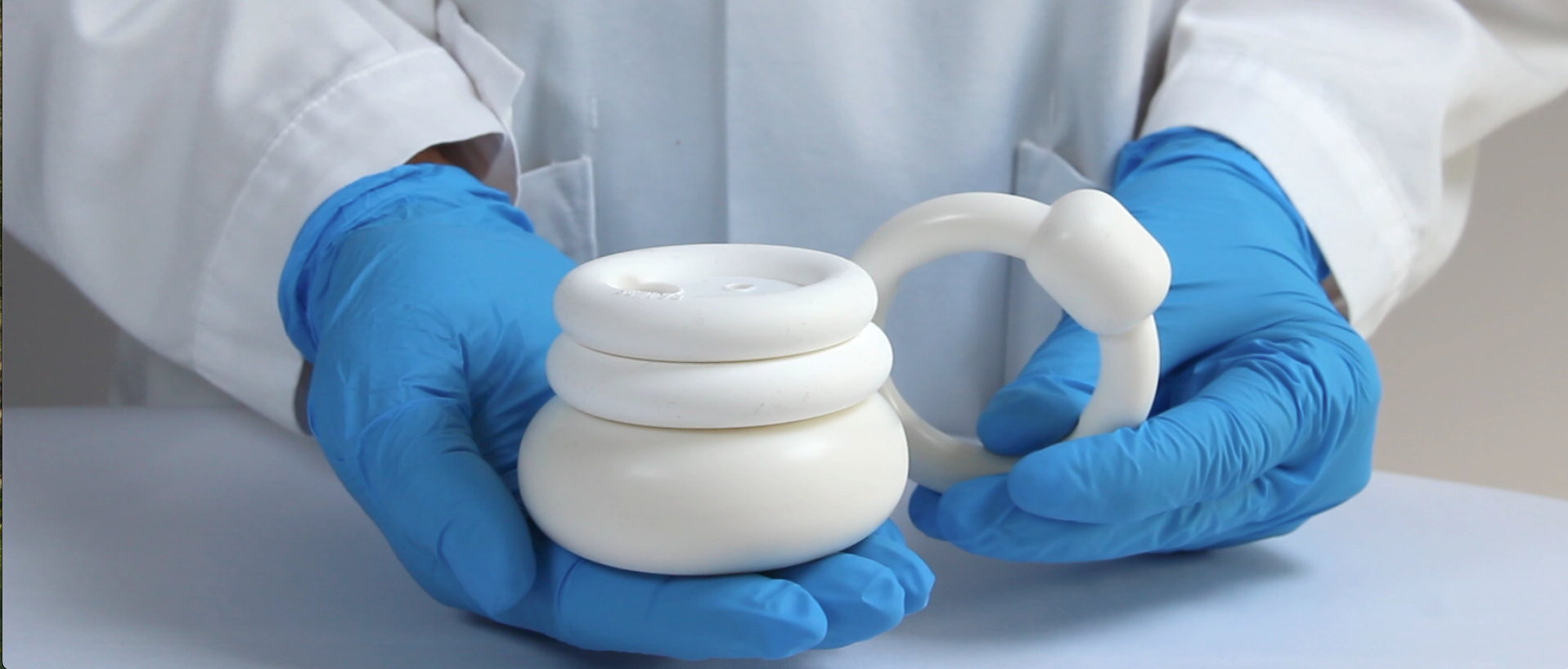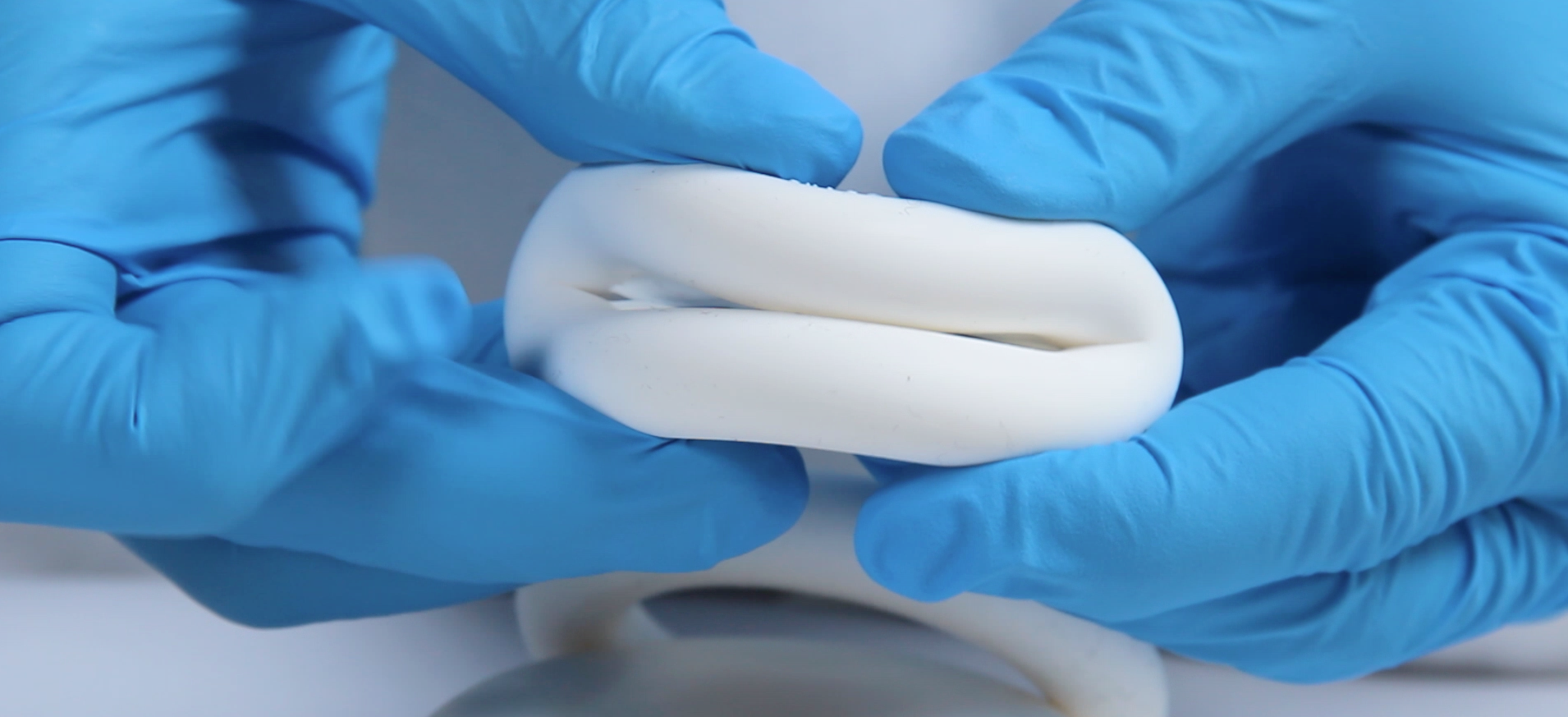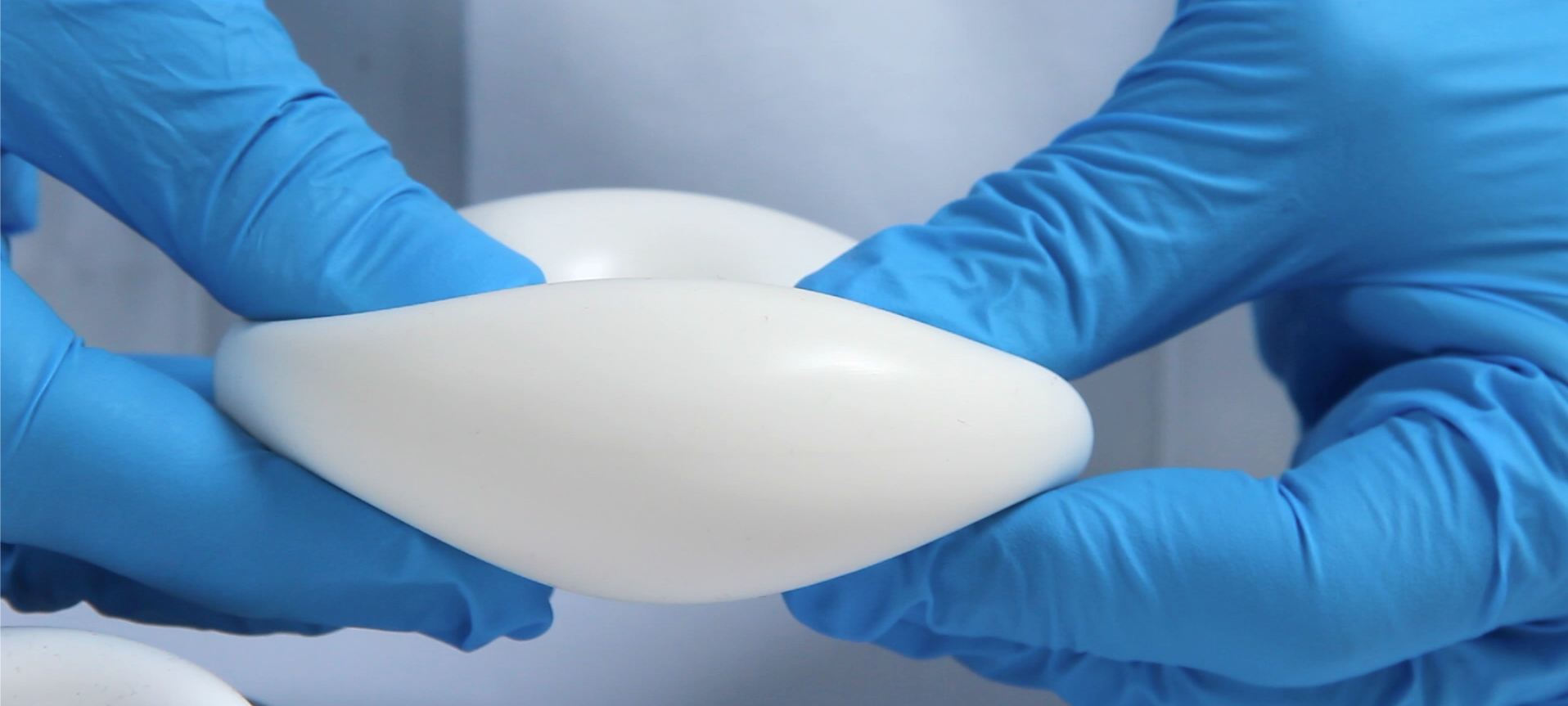Pessary Rings
Gentle and Modern Support for Pelvic Organ Prolapse

Pelvic organ prolapse, also known as prolapse, is a common condition that can affect women of all ages, especially after pregnancy, childbirth, or during menopause. Symptoms vary from a feeling of heaviness in the pelvic area to visible prolapse and impact on bladder or bowel function. Today, pessary rings are an effective, gentle, and non-surgical aid that can significantly relieve symptoms and in some cases, eliminate the need for surgery altogether.
From Basic Solutions to Modern Medical Devices
Before pessary rings were developed as specific medical devices, a range of simpler or more conservative methods were used to manage prolapse. Pelvic floor training was (and still is) an important part of treatment but often wasn’t enough to provide adequate support. Early forms of pessaries originally designed as contraceptives, were sometimes used as temporary support.
In some cases, even cloths or napkins were used as a simple form of protection, though mainly during menstruation. In more severe cases, surgery was sometimes the only solution, though these procedures were both riskier and less effective than today’s alternatives.
The pessary ring is thus a relatively modern invention, developed to provide a safe, non-surgical solution that combines functionality, comfort, and medical precision.
What Is a Prolapse?
Before discussing the solutions, let’s understand the problem. A prolapse occurs when one of the pelvic organs, such as the bladder, bowel, or uterus, drops from its normal position. This often results from weakened pelvic floor muscles, for example after pregnancy, childbirth, obesity, or hormonal changes. However, factors such as genetics, aging, heavy lifting, and chronic constipation can also contribute to the development of prolapse.

What Is a Pessary Ring?
A pessary ring, or simply pessary, is a mechanical aid that is inserted into the vagina and functions as a support device. Its purpose is to lift and hold the pelvic organs in place, thereby reducing pressure and alleviating the symptoms of prolapse. Modern pessary rings are usually made of medical-grade silicone, soft yet firm enough to provide the necessary support.
The ring fills the vaginal space and helps prevent bulging or downward pressure from the bladder, bowel, or uterus. Various models are available, with or without central plates, depending on the type of prolapse being treated.
An Alternative to Surgery, or Support Before an Operation
Pessary rings can be an excellent alternative to surgery or used as a symptom-relieving aid while awaiting surgery. They can also facilitate pelvic floor training or rehabilitation during recovery.
A well-fitted pessary can provide such effective relief that surgery becomes unnecessary. However, treatment choice is individual, depending on the severity of the prolapse, the patient’s needs, age, and lifestyle.

Different Types of Prolapse and Pessaries
Pessary rings can be used for:
- Cystocele (bladder prolapse)
- Rectocele (rectal prolapse)
- Uterine prolapse
- Total pelvic organ prolapse
Examples of common models:
- Flexible silicone ring, often used for first- or second-degree prolapse or total prolapse.
- Dish ring, a stable ring with a central plate, used for second- or third-degree prolapse, particularly cystocele or rectocele.
- Ring with support knob/handle, sometimes used for stress urinary incontinence to support the bladder neck.

How Is a Pessary Fitted?
Finding the right model and size is a process. It often involves trial and error, and it’s not uncommon to test several variants before finding the right fit. The ring should sit between the back vaginal wall (behind the cervix) and the front wall (toward the pubic bone). The goal is to find the largest possible ring that fits comfortably without causing discomfort.
A proper fitting process requires:
- Time to try different models
- Follow-up for any discomfort, discharge, pressure, or issues with urination/bowel movements
- Check-up after a few days or weeks, preferably after physical activity
A correctly fitted ring should not be noticeable during normal movement or daily activities.
Who Can Use a Pessary Ring?
Pessary rings aren’t suitable for everyone. The prolapse must be of a degree that can be supported by a ring. Users also need to be comfortable with having a mechanical device inside the vagina and, in some cases, be able to remove and clean it themselves.
The ring can be used:
- Daily
- Only during physical activity
- During menstruation (if the user chooses to)
- With or without vaginal intercourse (depending on the model)
Common contraindications:
- Active vaginal infections or wounds
- Bleeding outside of menstruation
- Known silicone or latex allergy
Cleaning and Everyday Use
The pessary ring can be cleaned with soap and water and removed daily, weekly, or monthly depending on recommendation and the patient’s needs. Some models can remain in place even during vaginal intercourse, but this is individual.
Many women are also prescribed estrogen cream, especially during breastfeeding or post-menopause, to strengthen the vaginal mucosa. In principle, pessaries are always used with vaginal estrogen or a similar product, especially in peri- or postmenopausal women. Whether local estrogen is suitable after breast cancer is a decision made by a doctor.
Potential Issues with Pessary Rings
The most common side effects are caused by improper fit:
- Chafing or irritation
- Increased vaginal discharge
- Difficulty emptying the bladder or bowels
- Unpleasant odor
- The ring slips out or is felt during movement
These symptoms are not normal and should be followed up, hey may indicate the need for a different size or model.
Pessary Rings from Cetromedical – Quality You Can Rely On
Our pessary rings are:
• Made from 100% medical-grade silicone
• Intended for single-patient use
Manufactured by Guangzhou Fame Medical Co., Ltd., specialized in medical silicone products since 2007.
Want to learn more or need help choosing the right model?
Contact us at Cetromedical, we’re happy to help.
Check it out here: https://cetromedical.se/produkt/prolapse-ring-2/
